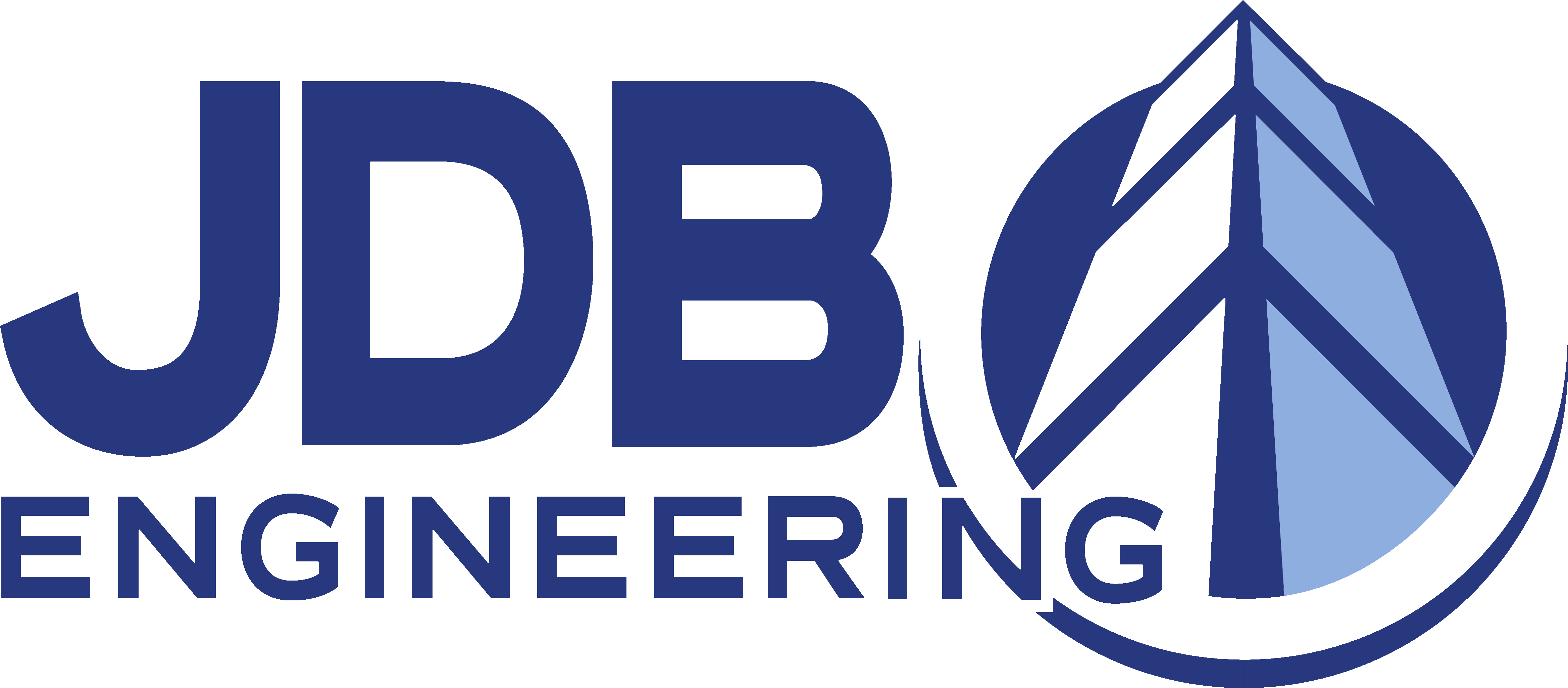by Scott D. Butcher, FSMPS, CPSM
A few weeks ago, as part of our regular lunch & learn programming, we had speakers from Johnson Controls Inc. talking about Demand Response and JCI’s GridConnect platform. Demand Response creates an opportunity for purchasers of electricity to cut energy use in exchange for cold, hard cash when the grid is in stress.
If you hop on over to the Wikipedia page on the topic, you can find the official Federal Energy Regulatory Commission definition: “Changes in electric usage by end-use customers from their normal consumption patterns in response to changes in the price of electricity over time, or to incentive payments designed to induce lower electricity use at times of high wholesale market prices or when system reliability is jeopardized.”
In other words, when the electricity grid is overburdened, a call may go out to Demand Response participants to curtail energy use during a certain period. Based upon pre-determined energy reduction goals, these participants can earn sizeable checks simply by reducing consumption during the designated period. According to the examples shared by JCI’s Suzanne Levine, a steel plant was able to earn $1.6 million, a university campus received $400,000, and a smaller manufacturing facility earned $200,000. Even a corporate headquarters building got in on the action, earning $80,000 during a one-year period.
Not a bad payout for smart energy management.
JCI covers the PJM service areas, including all or parts of DE, IL, MD, NJ, OH, PA, VA, WV, and DC. They offer three types of Demand Response programs (and easy participation through their GridConnect platform):
- Emergency (Capacity) Demand Response
- Economic (Voluntary Price-Based) Demand Response
- Synchronized Reserve (Ancillary Services)
It’s a great way for companies and organizations to generate revenue, and based upon the presentation, it seems that JCI has a number of really clever strategies up their sleeves to curtail energy use without disrupting day-to-day operations. So for a manufacturer, this means that production continues even during a defined period of energy reduction. And for educational institutions, it means that the lights stay on in the classrooms.
Demand Response is not about ongoing energy reduction strategies as much as it is about reducing energy use during certain, defined periods. Of course, JDB Engineering would love to talk to you about some of our ideas for ongoing energy reduction and management!
So what could you be doing with all the cold, hard cash you earn by participating in Demand Response? A lot of participants re-invest their earnings in facilities, often purchasing new, energy-efficient equipment, which in turn can generate additional Demand Response revenue!
It’s a common-sense approach for reducing the strain on the grid without necessitating construction of new power plants. There’s not much downside for participants, either, and JCI will walk you through the process and automate everything to simplify your life.
And no, JDB Engineering does not get a commission for promoting JCI’s program. Demand Response makes a lot of sense, no matter which vendor you choose. Just remember, when you sign up and those checks start coming in, you’ll probably want to upgrade your facilities and do some energy enhancement projects. Don’t forget to call JDB Engineering to help!
To learn more about GridConnect, check out their website.



